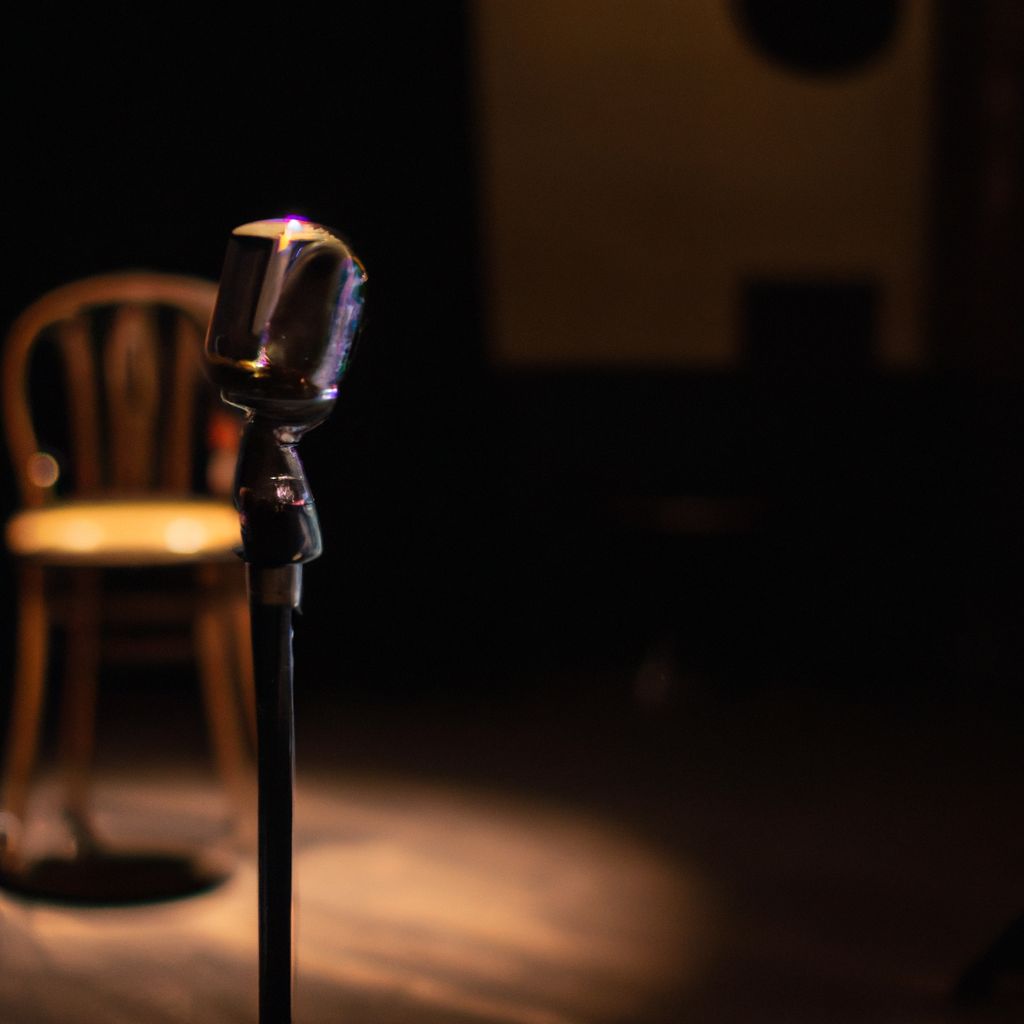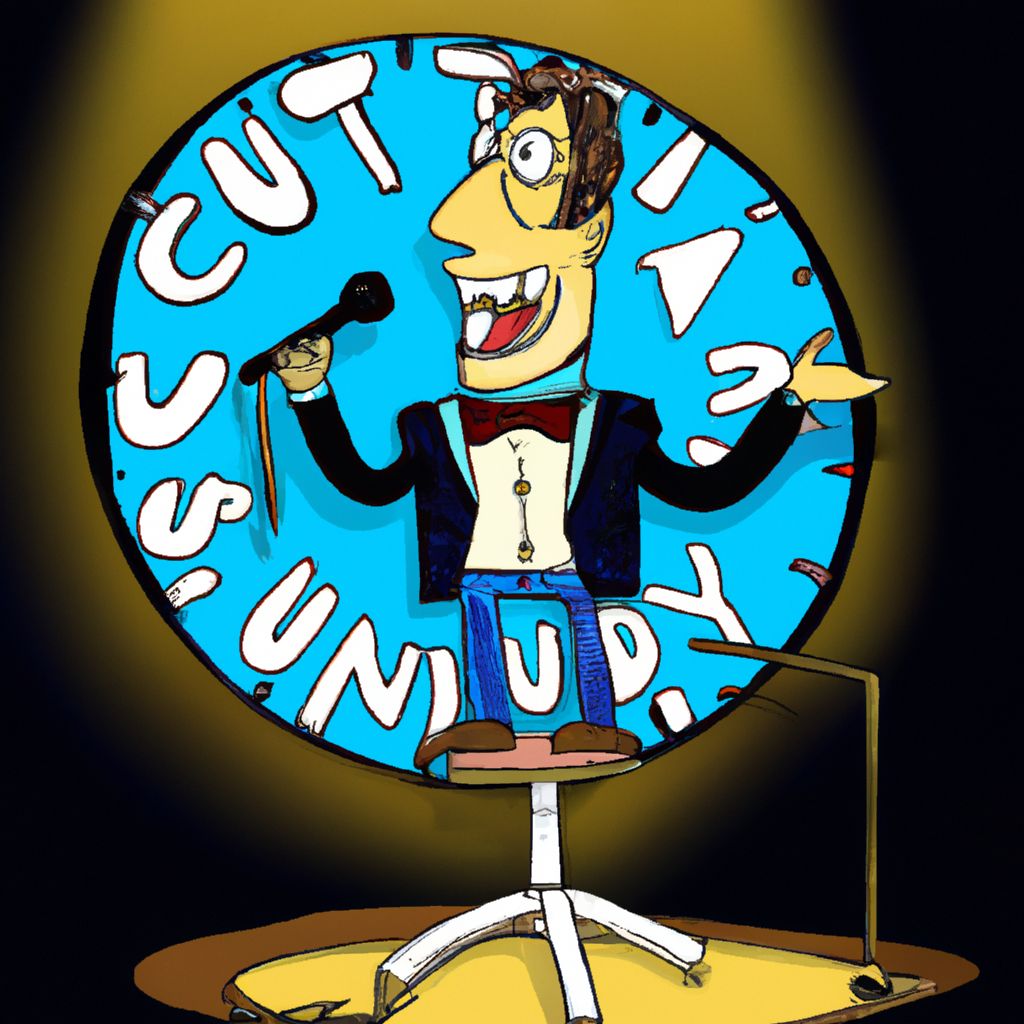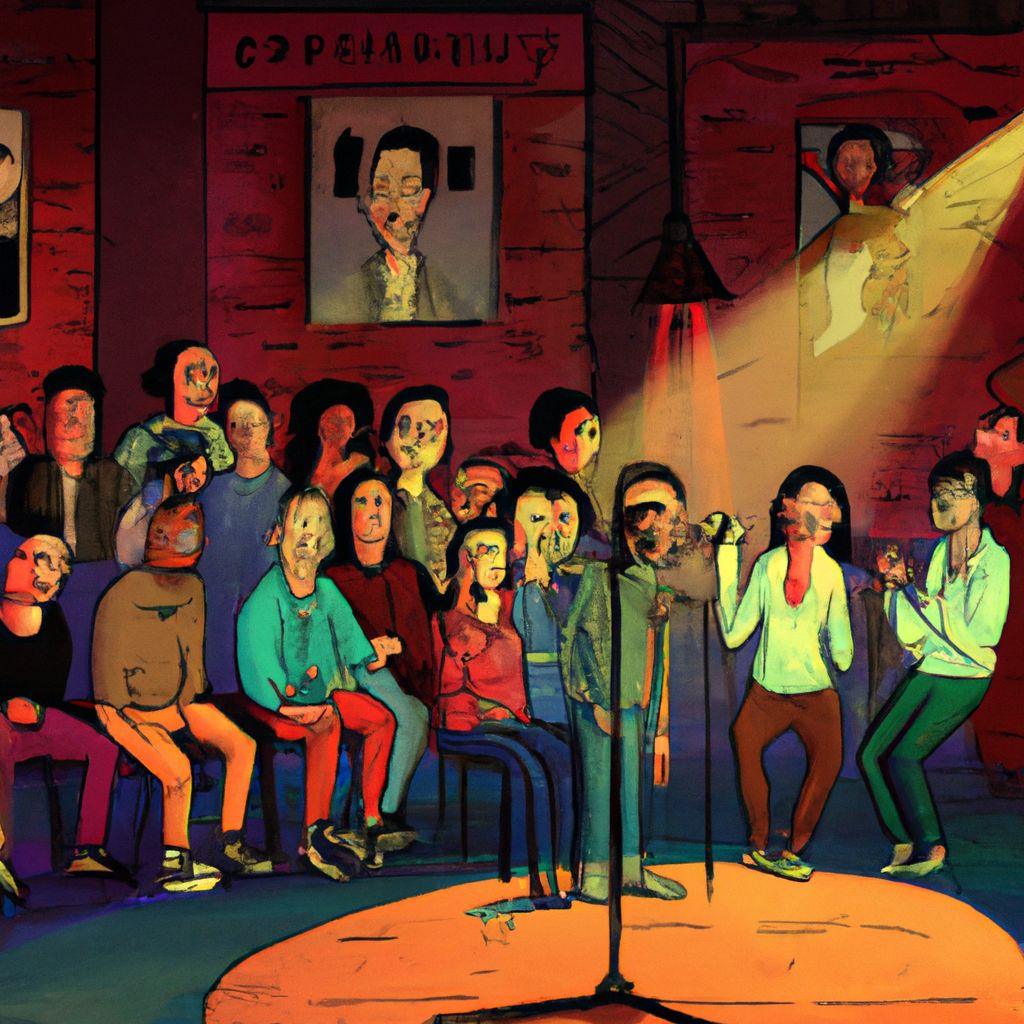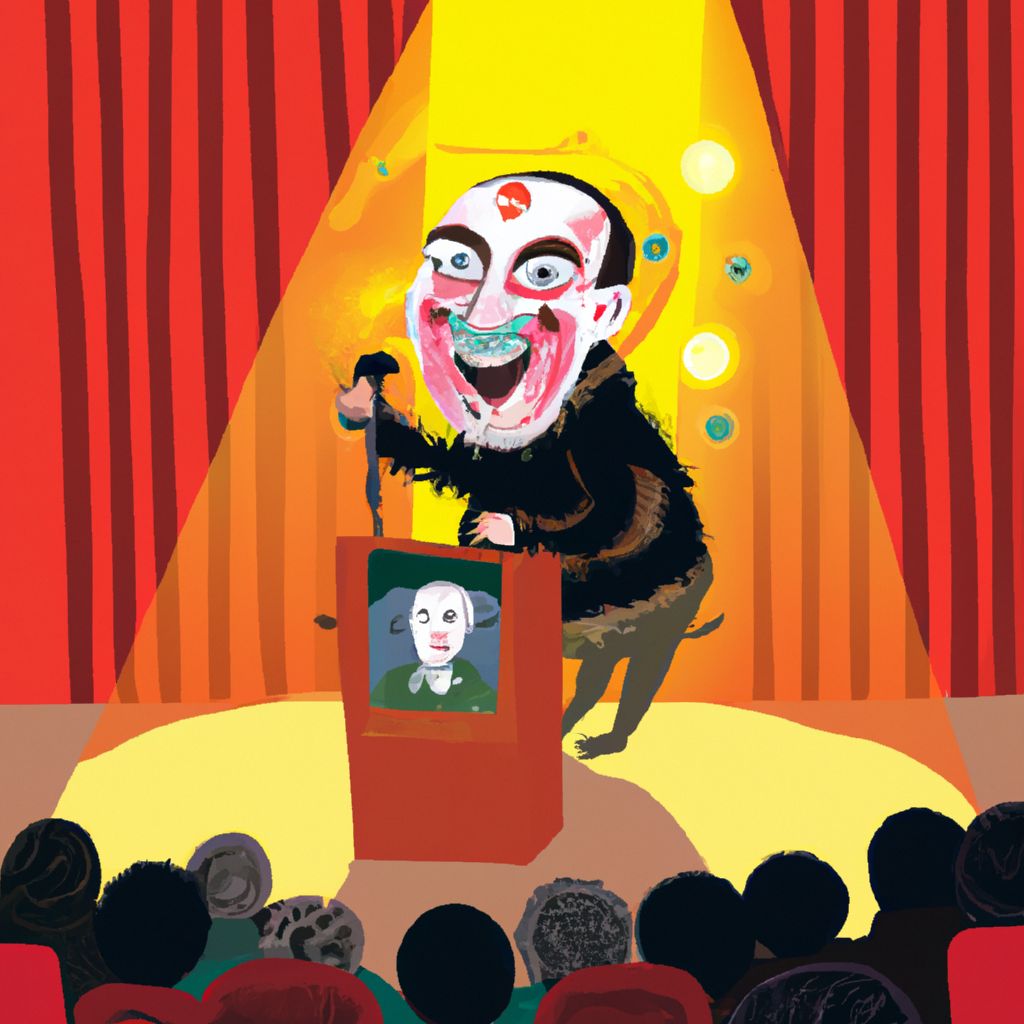- Standup Comedy: An Introduction
- The Roots of Standup Comedy
- The Birth of Modern Standup: Vaudeville to Nightclubs
- The Influence of Radio and Television
- The Comedy Album and Standup Specials
- Cultural Shifts and Standup Comedy
- Diversity in Standup Comedy
- The Standup Comedy Boom and Bust
- The Digital Age and Standup Comedy
- The Future of Standup Comedy
- Conclusion: The Timeless Art of Standup Comedy
Standup Comedy: An Introduction
Standup comedy, a distinctive genre of entertainment, is a live performance where a comedian communicates directly with an audience through a series of humorous stories, one-liners, jokes, and other comedic material. This art form hinges on the comic's ability to engage the audience with their unique perspective, often reflecting on societal norms, personal experiences, or topical issues. The performer typically speaks directly to the audience, without the fourth wall that characterizes many other forms of entertainment.
There are various styles of standup comedy that cater to different tastes and sensibilities. Observational comedy involves the comedian making astute observations about everyday life, turning the mundane into a source of humor. Blue comedy is characterized by its use of adult themes and language, often pushing the boundaries of social norms. Improv, short for improvisational comedy, is a spontaneous and unscripted performance where comics react in the moment to audience suggestions or other stimuli. Finally, satire serves as a sharp tool for comedians to criticize and ridicule public figures, politics, and societal issues, often with the intent of provoking thought as well as laughter.
The Roots of Standup Comedy
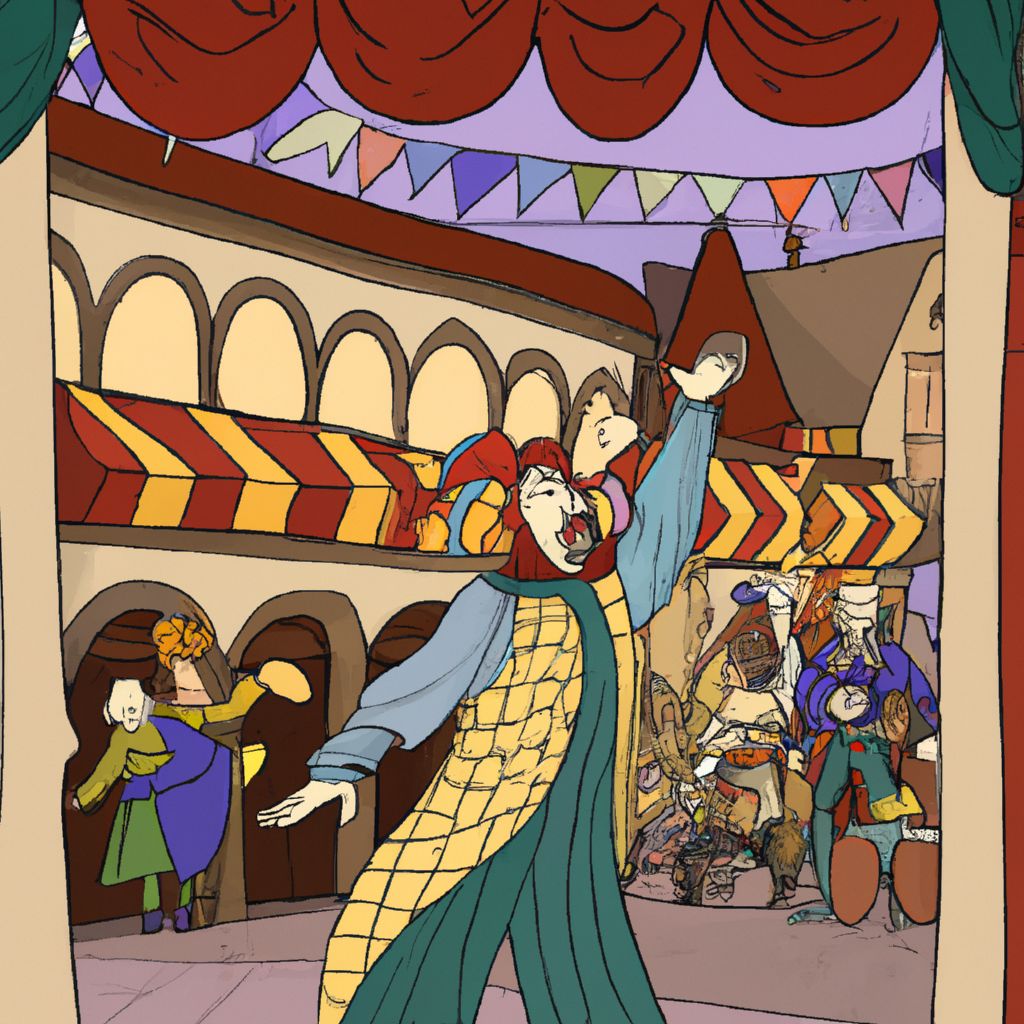
The roots of standup comedy are deep and diverse, with its lineage traceable to the jesters and minstrels of medieval courts. Court jesters, known for their humorous tales and quick wit, were the entertainers who had the audacity to speak truth to power under the guise of humor. Minstrels, traveling musicians and poets, also played a role, weaving comedic elements into their performances to captivate their audiences.
As entertainment evolved, so did the role of humor in performance. By the late 19th and early 20th centuries, comedic monologues became a staple in variety shows such as vaudeville in the United States and music hall shows in the United Kingdom. These short, often humorous acts were a precursor to modern standup comedy, allowing performers to hone their skills in delivering jokes and captivating an audience.
The transition from these comedic monologues to what we recognize today as standup comedy was gradual. Eventually, comedy moved away from the ensemble casts and musical accompaniments of variety shows, giving rise to the solo performer standing "stand-up" on stage. This marked the establishment of standup comedy as a distinct genre. Comedians began to craft sets that were purely comedic, without the need for additional entertainment forms, which allowed for the development of personal styles and the emergence of the comedian as the sole focal point of the performance.
The Birth of Modern Standup: Vaudeville to Nightclubs

The birth of modern standup comedy is often credited to the decline of vaudeville. As vaudeville faded in the early 20th century, a new space opened for comedians to perform: the nightclub scene. Nightclubs, free from the family-friendly constraints that governed vaudeville, allowed comedians to explore more adult content and themes, reflecting the changing social norms of the time.
Key figures emerged during this transition, pioneering the art of standup and setting the stage for those who would follow. Comedians like Jack Benny and Bob Hope honed their craft in vaudeville but became household names through their performances in nightclubs and on radio and television. They brought a new level of sophistication and wit to the art of standup, influencing generations of comedians to come.
Venues also played a significant role in this transformation. Iconic clubs like The Improv, The Comedy Store, and Catch a Rising Star became hotbeds for standup comedy, providing a platform for emerging talents to perform in front of an audience that appreciated the unfiltered, more intimate nature of nightclub comedy. These venues not only offered a space for comedians to refine their acts but also played a crucial role in the evolution of standup, as they were breeding grounds for the development of distinct comedic styles.
The Influence of Radio and Television

The advent of radio and television had a profound impact on standup comedy, catapulting it from the nightclub stage into the homes of millions. This new mass media exposure provided comedians with unprecedented platforms, allowing for a broader reach and the opportunity to become household names.
Radio shows in the 1930s and 1940s, such as "The Jack Benny Program" and "The Bob Hope Show", brought the humor of standup comedy into living rooms across America. The format of these shows often included a monologue that resembled standup routines, allowing comedians to refine their delivery and timing while also building a rapport with a nationwide audience.
Television further expanded the influence of standup comedy, especially with the debut of "The Tonight Show" in 1954. This late-night talk show format included opening monologues and guest appearances by comedians, providing a significant platform for standup performers. Comedians like Johnny Carson, a skilled standup comedian himself before becoming the host of "The Tonight Show," helped to popularize the genre. His successor, Jay Leno, also came from a standup background, reinforcing the show's legacy as a launchpad for comedic talent. The visibility and credibility given by such shows were instrumental in the careers of numerous standup comedians, who used the exposure to reach a wider audience and solidify their status as entertainment staples.
The Comedy Album and Standup Specials

The recording industry has played a critical role in the propagation and preservation of standup comedy. With the advent of vinyl records, comedians were able to capture their live performances and distribute them widely, reaching audiences far beyond the nightclub circuit. Comedy albums became a cultural phenomenon in the 1960s and 1970s, with artists like Richard Pryor, George Carlin, and Lenny Bruce releasing records that not only entertained but also challenged social conventions.
These recorded performances allowed comedians to cement their material in the annals of entertainment history and expand their fan bases. A successful comedy album could transform a comedian’s career, offering a form of permanence that live performances couldn’t guarantee. Sales and chart positions became new measures of a comedian's success and influence.
With the rise of cable television and home video in the 1980s, standup comedy found a new medium: the standup special. Channels like HBO began to feature hour-long specials that gave comedians a national platform to perform their sets uncut and uncensored. This development gave rise to a new era of standup stars, including Eddie Murphy and Robin Williams, whose specials became legendary.
In the digital age, streaming services like Netflix and Hulu have revolutionized the standup special once again, offering comedians global exposure. The ability to stream a special anywhere and at any time has broadened the audience to an unprecedented extent, allowing comedians to become international stars. Streaming platforms have also provided a new revenue stream and a powerful marketing tool for comedians, solidifying their careers and making standup comedy more accessible than ever before.
Cultural Shifts and Standup Comedy
Standup comedy has long been a mirror to society, reflecting cultural shifts, political movements, and societal changes through its unique lens. Comedians have often used their platform to address and comment on the zeitgeist, influencing and being influenced by the world around them.
During the 1950s and 1960s, standup comedy began to intertwine with the Civil Rights Movement and other social upheavals. Comedians like Dick Gregory broke racial barriers with his satirical commentary on racism and civil rights, using humor as a means of confronting injustice and fostering dialogue. In the same vein, Lenny Bruce challenged censorship and conservative social norms, often facing legal battles for his provocative content.
The 1970s and 1980s saw standup comedians delve into political satire and observational comedy, with figures like George Carlin and Richard Pryor exploring societal taboos and personal struggles in a manner that was both insightful and humorous. Their work paved the way for the candid, confessional style of comedy that would become popular in later decades.
In recent years, standup comedy has continued to evolve alongside cultural shifts. The rise of identity politics and increased awareness of social issues such as gender equality, LGBTQ+ rights, and racial diversity have led to a more inclusive and varied comedy landscape. Comedians from diverse backgrounds are sharing their experiences through standup, contributing to a richer, more multifaceted portrait of society. This era has also seen the rise of "alt-comedy," an alternative style that eschews traditional setups and punchlines in favor of a more unconventional, often experimental approach to humor.
Each era generates its own styles and themes in comedy, as standup remains an art form deeply connected to the social and political climate of its time. The ability of comedians to adapt and to speak to the issues that resonate with their audience ensures that standup comedy not only entertains but also remains a vital, evolving commentary on the human experience.
Diversity in Standup Comedy
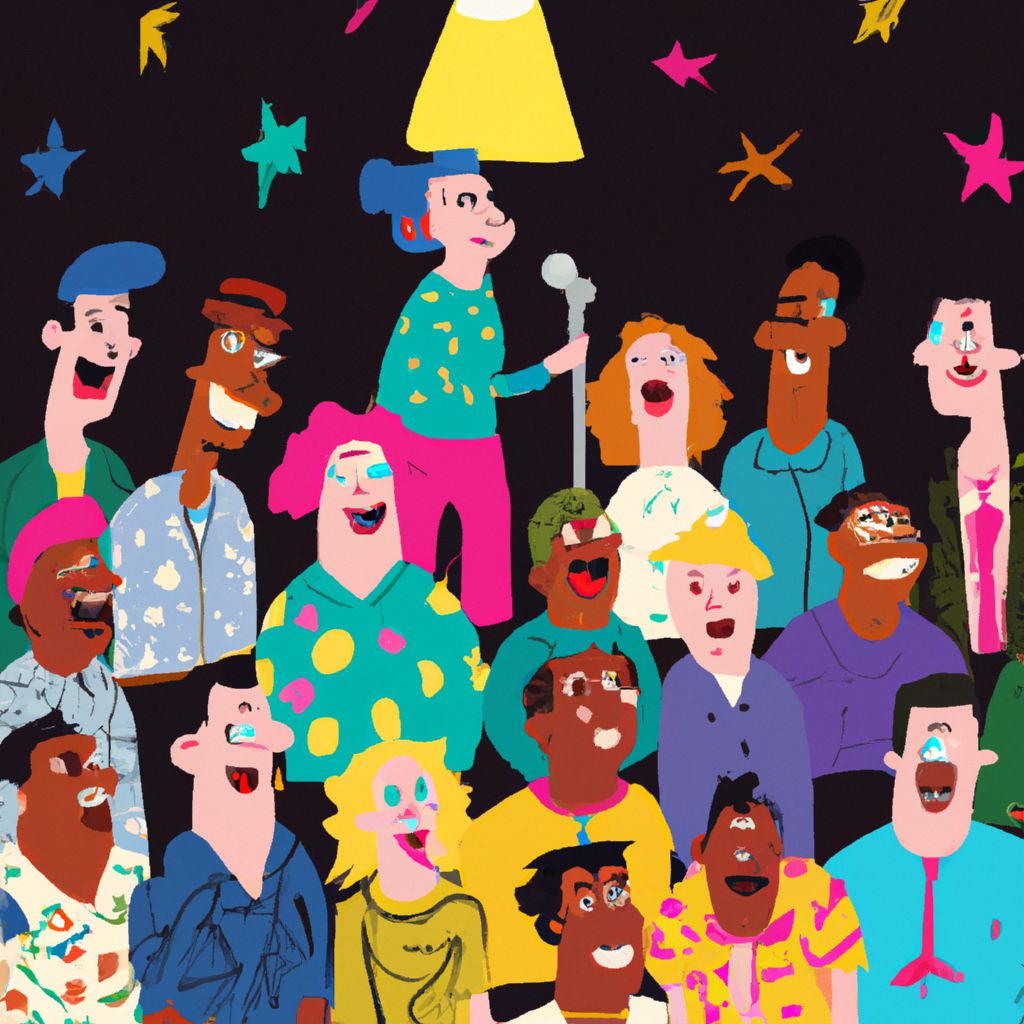
Over time, standup comedy has made significant strides toward inclusivity, with a diverse range of voices emerging and enriching the genre. Initially dominated by white male perspectives, the comedy landscape has gradually opened up to include women, people of color, and LGBTQ+ comedians, among others, who bring their unique experiences and viewpoints to the stage.
The importance of representation in standup comedy cannot be overstated. Comedy has the power to transcend cultural barriers and foster understanding among different groups. When minority comedians share their stories, they not only entertain but also broaden the audience’s horizons by offering insights into different walks of life. This inclusivity has allowed for a wider array of comedic styles and subjects, resonating with a broader audience and making the genre more vibrant and multifaceted.
Minority comedians have shaped the genre by tackling topics such as racism, sexism, and homophobia, often drawing from their personal experiences. Pioneers like Moms Mabley, one of the first African American female comedians to gain mainstream success, and Richard Pryor, with his raw and revealing examinations of race and society, paved the way for future generations. In the modern era, comedians like Margaret Cho and Wanda Sykes continue to break ground, highlighting issues facing the Asian-American and LGBTQ+ communities, respectively.
As standup comedy continues to evolve, the increasing diversity among comedians not only reflects societal progress but also contributes to the ongoing dialogue about identity and equality. The presence of a wide range of voices ensures that standup comedy remains a dynamic and relevant art form, capable of challenging audiences and pushing the boundaries of humor.
The Standup Comedy Boom and Bust
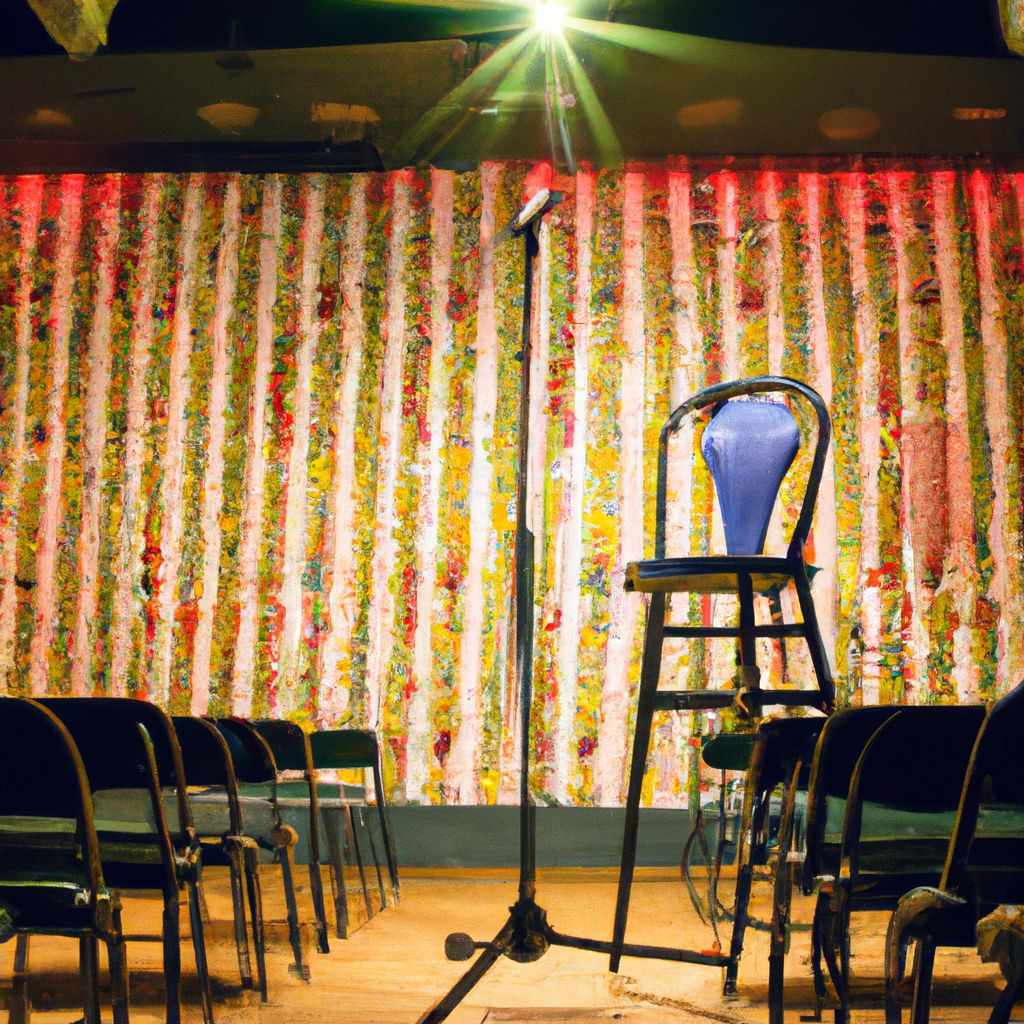
The standup comedy 'boom' of the 1980s and early 1990s was a period of explosive growth for the industry. Comedy clubs sprang up across the United States, and standup became a staple of television with numerous cable specials and shows like "An Evening at the Improv". The art form was propelled by a surge in demand for live comedy and the emergence of a new generation of comedians who became celebrities.
However, the rapid expansion led to oversaturation. An influx of comedians, not all of whom maintained the high standards set by their predecessors, resulted in a diluted quality of comedy. The market became crowded, and audiences, overwhelmed by options and frequently underwhelmed by performances, began to lose interest. The comedy bubble burst in the early 1990s, leading to the closure of many clubs and a decline in televised comedy specials.
This 'bust' period forced the industry to reevaluate and recalibrate. Comedians had to work harder to stand out, and the industry shifted toward nurturing more distinct comedic voices and talents. A shift in focus from quantity to quality emerged, with venues and television networks becoming more selective about the comedians they showcased.
The industry recovered by adapting to changing tastes and leveraging new technologies. The internet and social media gave comedians direct access to audiences, bypassing traditional gatekeepers and allowing for the rise of niche comedy and alternative venues. The resilience of standup comedy during this time reinforced its importance in the entertainment industry and set the stage for the current renaissance, where comedians have more control over their content and careers than ever before.
The Digital Age and Standup Comedy

The digital age has had a profound impact on standup comedy, significantly altering how comedians connect with audiences and distribute content. The internet and social media have democratized the comedy landscape, allowing performers to reach viewers without the traditional barriers of television networks or club bookings.
Platforms like YouTube have become invaluable for comedians, offering a space to share clips, full specials, and behind-the-scenes content. This accessibility has helped new comedians build followings, while established ones can maintain and expand their fan bases. Viral videos can catapult a comedian to fame, sometimes with a single well-received set or sketch.
Podcasts have also become a key medium in the comedy world. They offer a platform for comedians to showcase their humor, share stories, and comment on current events, often leading to deeper connections with listeners. Podcasts can also serve as incubators for new material, with many comedians using the feedback from their listeners to refine their jokes and routines.
Streaming services have revolutionized the distribution and consumption of standup specials. With the global reach of platforms like Netflix, Amazon Prime Video, and Hulu, comedians have an unparalleled opportunity to reach international audiences. These services have invested heavily in standup comedy, producing specials that have become cultural talking points and redefining what it means to have a successful comedy career.
The digital age has not only expanded the audience for standup comedy but has also provided comedians with more control over their careers. They can now self-produce content, engage directly with fans, and bypass traditional gatekeepers, leading to a more diverse and dynamic comedy scene.
The Future of Standup Comedy

As we look toward the future of standup comedy, several trends and technological advancements stand poised to shape the evolution of the art form. The potential impact of virtual reality (VR), artificial intelligence (AI), and enhanced audience interactivity is particularly intriguing.
Virtual reality technology has the capability to transform the standup experience, offering audiences the sensation of being present at a live performance from the comfort of their own homes. With the immersive experience of VR, fans could find themselves "sitting" front row at a comedy show, able to look around the virtual club and potentially interact with a 3D-rendered performance. This could open up new possibilities for comedians to reach global audiences without the limitations of geography.
Artificial intelligence is another frontier with implications for standup comedy. AI could assist comedians in writing and refining jokes by analyzing audience reactions to different subjects or punchlines. However, there is also the possibility of AI-generated comedy, where algorithms create and deliver humor, although the nuanced understanding of human experience that underpins much of standup comedy may prove difficult for AI to replicate authentically.
Enhanced audience interactivity is already taking shape through social media and live streaming platforms, where comedians can respond in real time to audience feedback. Future performances might include more sophisticated forms of interactivity, such as live digital polling or choose-your-own-adventure style comedy shows where the audience guides the direction of the performance.
Moreover, the rise of "deepfake" technology and holograms could enable new forms of tribute performances or collaborations between comedians across different eras, blurring the lines between past and present in standup comedy.
The future of standup comedy will likely be characterized by a blend of traditional live performance art and cutting-edge technology, expanding the ways in which humor is created, shared, and enjoyed. Whatever the advancements, the core of standup—connecting with an audience through storytelling and wit—will undoubtedly remain at the heart of the genre.
Conclusion: The Timeless Art of Standup Comedy
